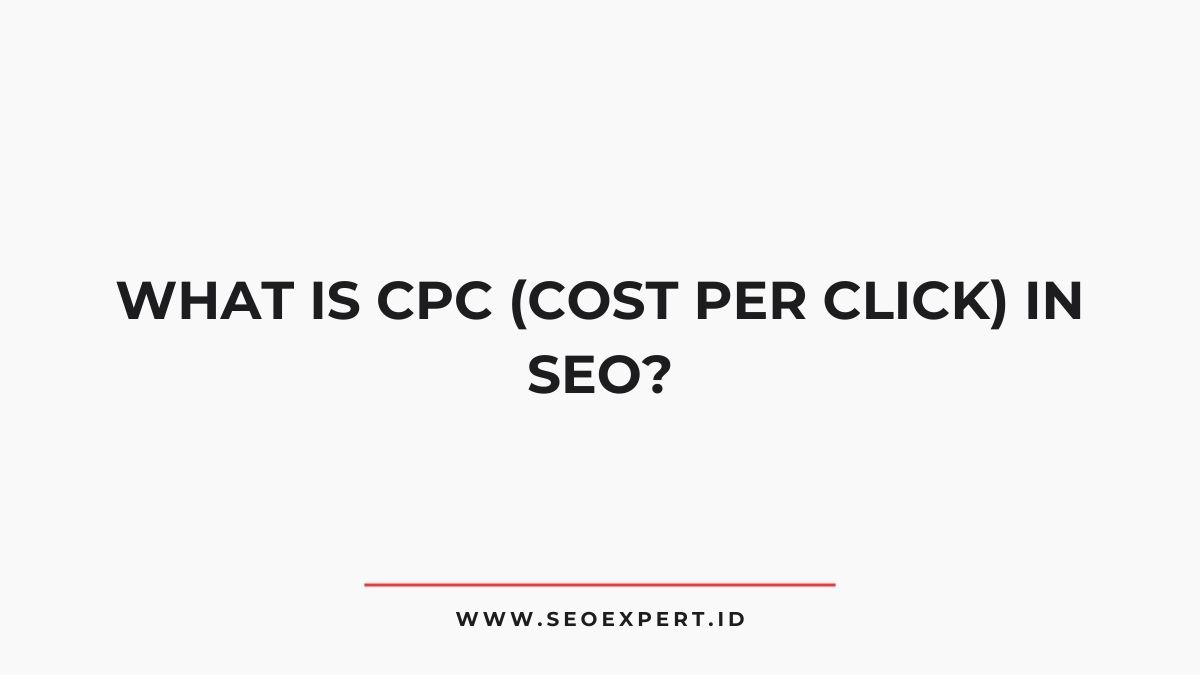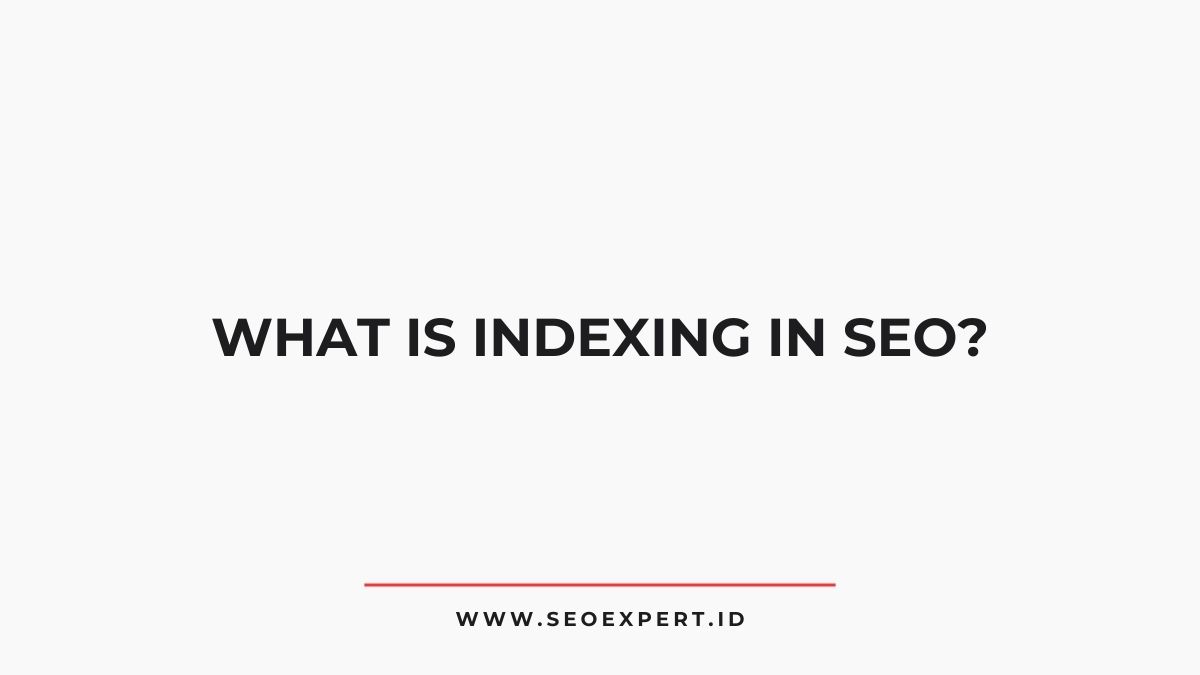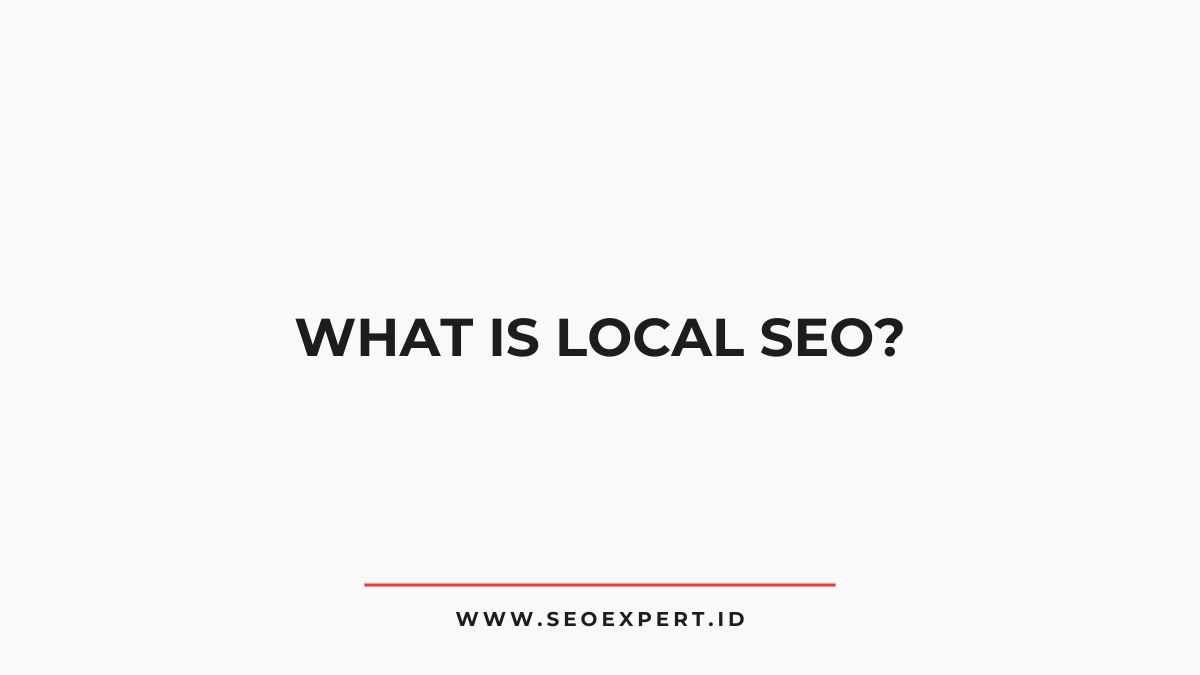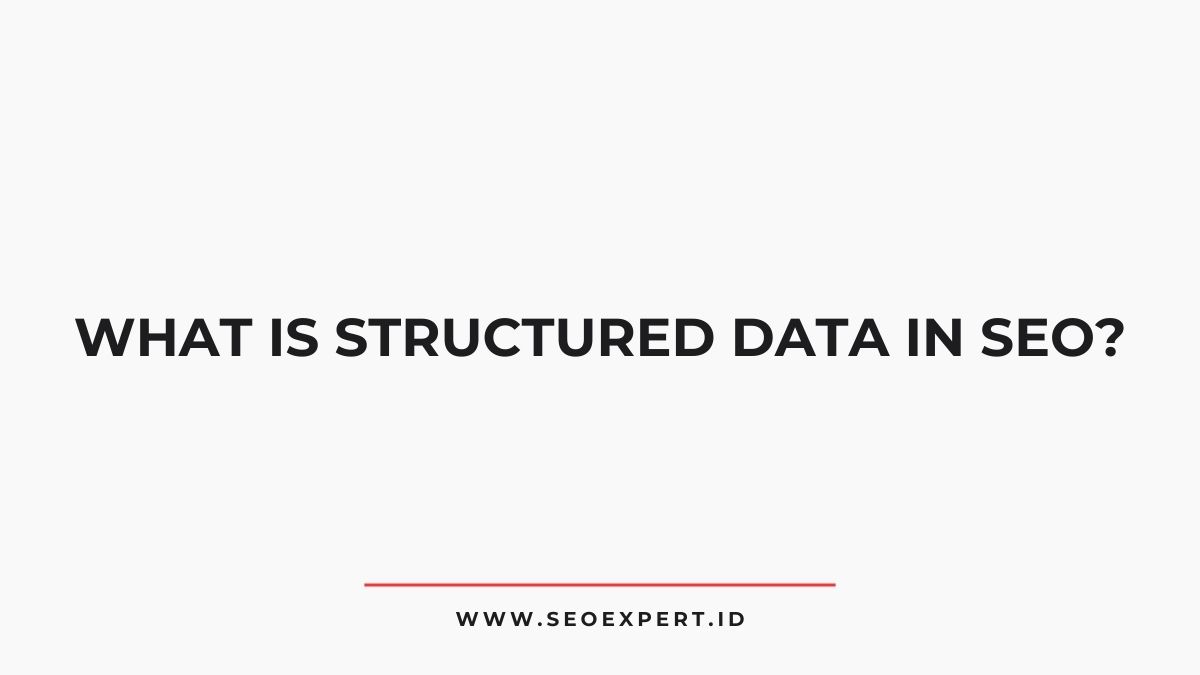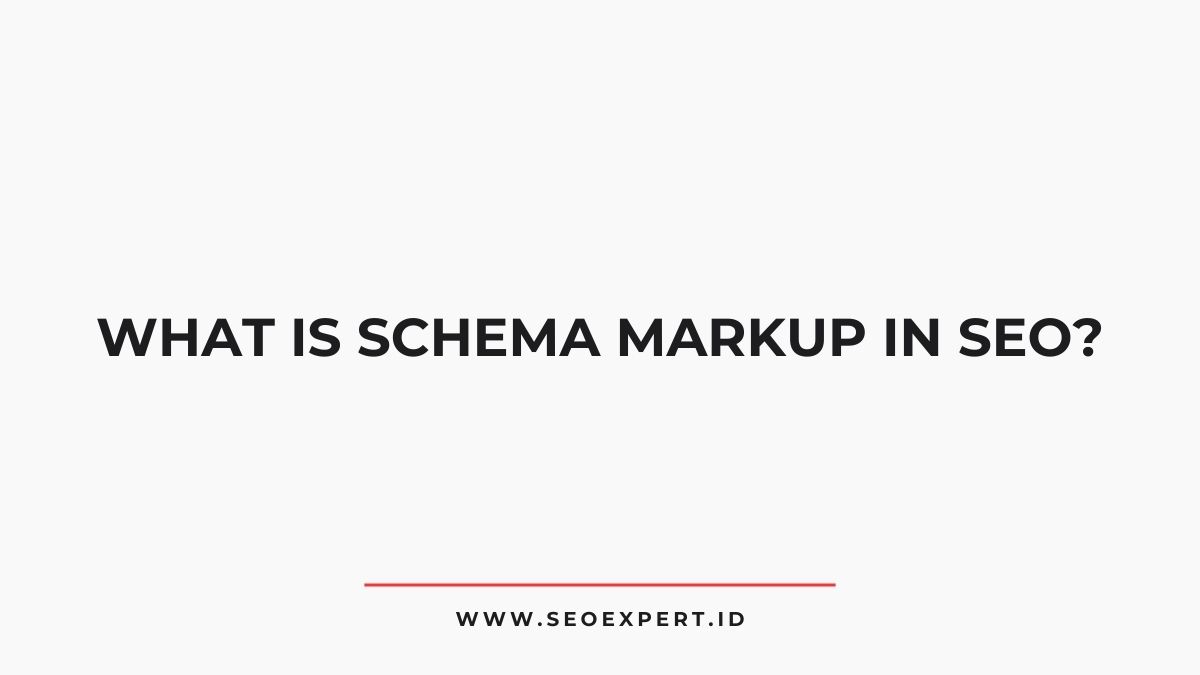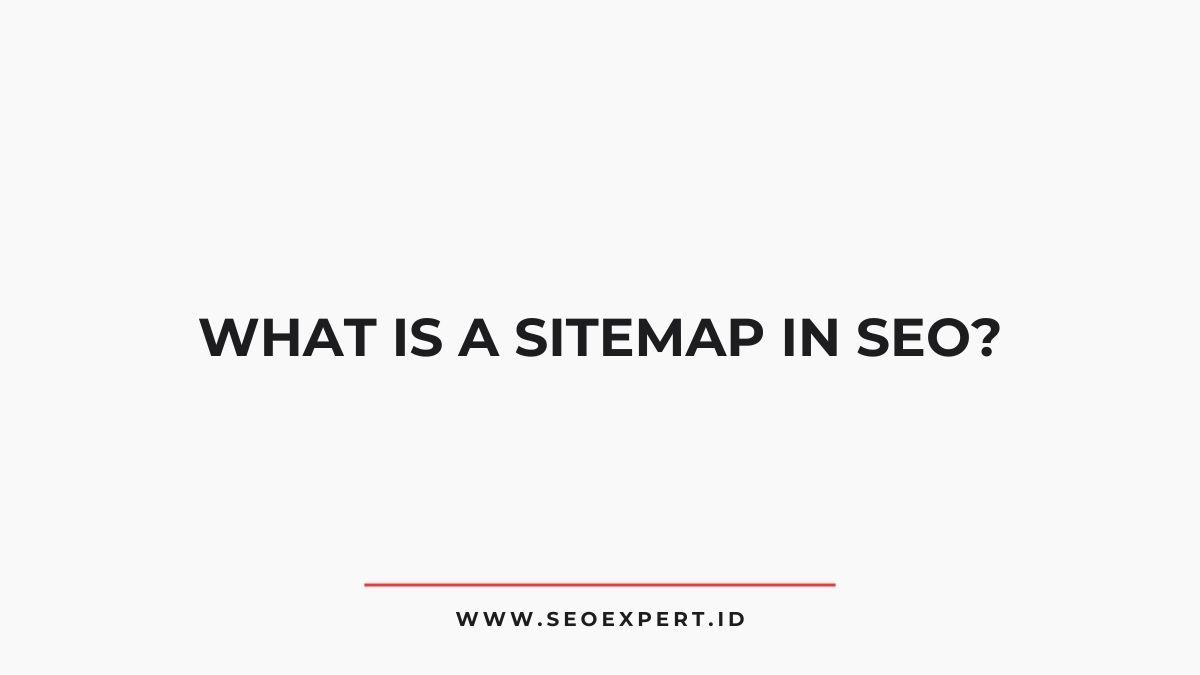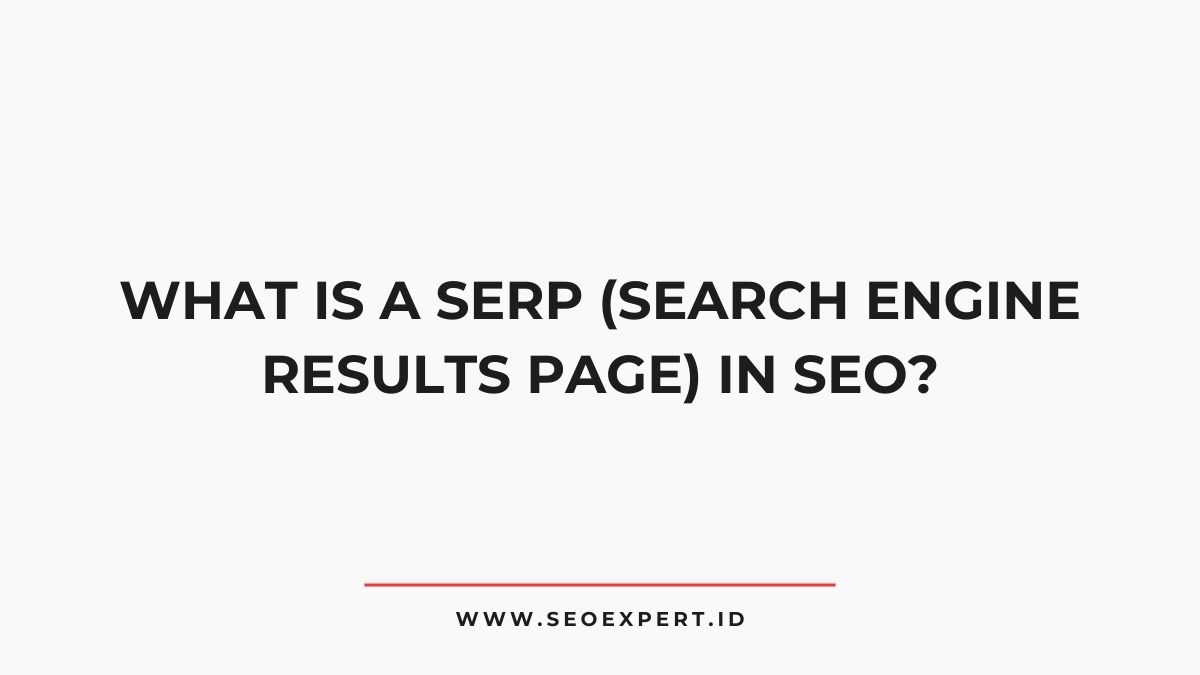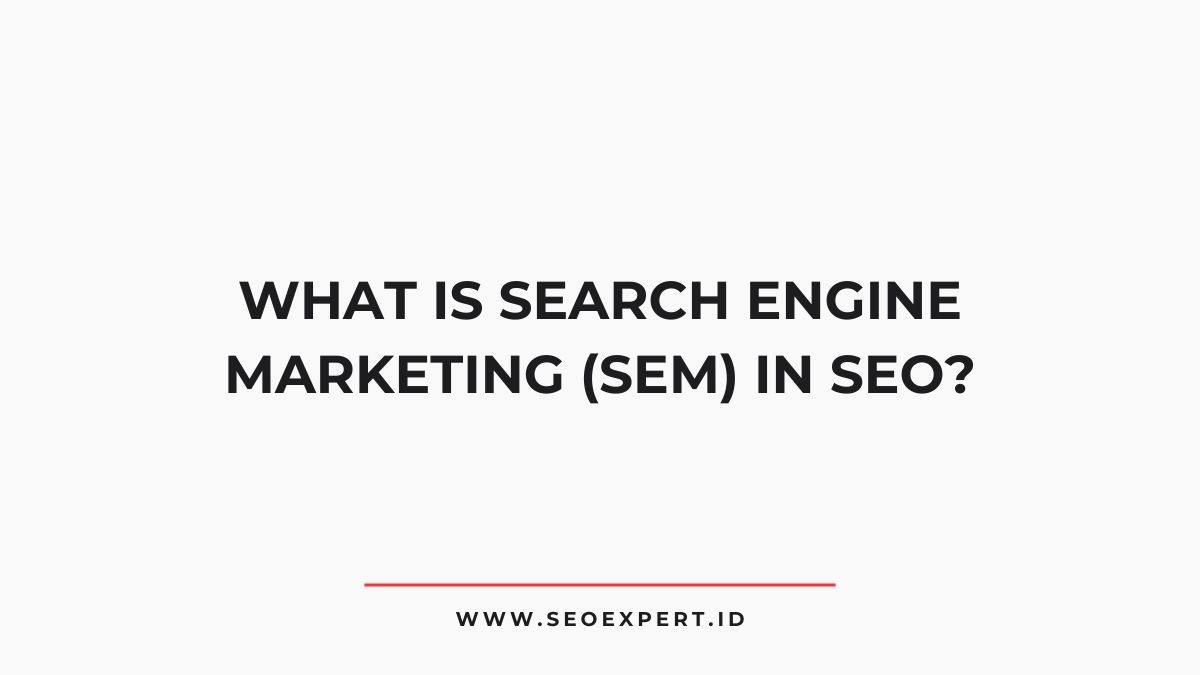CPC, or cost per click, is an essential concept in digital advertising that influences SEO strategies by defining the cost-effectiveness of acquiring traffic through ads.
Screpy
Utilize an AI-driven SEO analysis tool to evaluate your website and monitor your keywords all in a single intuitive dashboard.
Advertisers bid on keywords, impacting their visibility and click-through rates. Factors such as keyword competitiveness and ad quality greatly shape CPC rates.
Effective management of CPC can lead to improved conversion rates and ROI.
Understanding these dynamics is fundamental for optimizing campaigns and maximizing advertising efficiency, revealing deeper strategic insights ahead.
TL;DR
Hide- CPC (Cost per Click) refers to the amount advertisers pay for each click on their ads in digital marketing campaigns.
- It is a vital metric for budget allocation and measuring the effectiveness of online advertising efforts.
- CPC is influenced by factors such as keyword competitiveness, ad quality score, and audience targeting.
- High-quality ads can lead to lower CPC rates and improved visibility in search engine results.
- Regularly monitoring and adjusting CPC strategies can enhance overall campaign performance and return on investment.
Understanding the CPC Model
The cost-per-click (CPC) model serves as a fundamental framework in digital marketing, particularly within search engine optimization (SEO).
This model enables businesses to establish a cost-effective approach to driving traffic by paying only when users click on their advertisements.
By understanding CPC, marketers can strategically allocate budgets, ensuring that every click contributes to their overall marketing objectives.
Effective management of CPC involves keyword research, competitive analysis, and understanding user intent, which collectively help in optimizing ad placements.
This model not only aids in financial planning but also enhances the safety of investments by minimizing waste through targeted advertising.
Ultimately, a well-executed CPC strategy can lead to higher conversion rates and improved ROI, fostering a secure digital marketing environment.
How CPC Works in Digital Advertising
Understanding how CPC functions in digital advertising reveals its intricate mechanics and strategic implications.
Advertisers bid on keywords, and the CPC model determines the price they pay for each click.
This process involves various factors such as quality score, competition, and ad relevance.
- Bidding Strategies: Advertisers can choose between manual and automated bidding methods.
- Quality Score: Higher scores reduce CPC, enhancing ad visibility.
- Ad Placement: Top positions often yield higher click-through rates.
- Targeting Options: Demographic and geographic targeting can optimize ad spend.
- Budget Management: Daily and monthly caps protect against overspending.
These elements collectively inform how effectively CPC can drive traffic while maintaining financial safety for brands in a competitive landscape.
The Importance of CPC in SEO Strategy
Understanding the significance of Cost Per Click (CPC) in an SEO strategy is essential for effective budget allocation and performance measurement.
Strategic allocation of funds toward high-performing keywords can maximize visibility and traffic while optimizing return on investment.
Furthermore, utilizing performance metrics associated with CPC can guide data-driven adjustments to enhance overall campaign efficacy.
Budget Allocation Strategies
Effective budget allocation strategies are essential for optimizing CPC (cost per click) within an SEO framework.
Strategic distribution of resources guarantees that businesses maximize their advertising potential while minimizing waste.
Here are key elements to reflect on in budget allocation:
- Prioritize High-Performing Keywords: Focus on keywords that generate the most clicks and conversions.
- Allocate Based on Seasonality: Adjust budgets to align with peak shopping seasons or industry trends.
- Utilize A/B Testing: Experiment with different ad formats and placements to identify effective strategies.
- Monitor Competitor Spend: Analyze competitor budgets to identify opportunities for gaining market share.
- Regularly Review and Adjust: Continually assess performance to reallocate funds to the most effective channels.
These strategies enhance overall CPC effectiveness, guaranteeing a safer investment in digital marketing.
Performance Measurement Metrics
Measuring performance metrics is critical for optimizing CPC within an SEO strategy, as it directly impacts the effectiveness of advertising efforts.
Understanding how various metrics correlate with CPC can help businesses refine their strategies and guarantee safety in their investments.
| Metric | Importance |
|---|---|
| Click-Through Rate | Indicates ad relevance and appeal |
| Conversion Rate | Measures success of traffic generated |
| Quality Score | Affects ad placement and cost |
| Return on Ad Spend | Evaluates profitability of campaigns |
Factors Influencing CPC Rates
While various elements contribute to the determination of Cost Per Click (CPC) rates in search engine marketing, several key factors stand out as particularly influential.
Understanding these factors can help businesses strategize effectively while ensuring budget safety.
- Keyword Competitiveness: Highly sought-after keywords often command higher CPC.
- Ad Quality Score: Higher quality scores can lead to lower CPC rates.
- Target Audience Demographics: Specific demographics may influence bidding strategies.
- Seasonality Trends: Certain times of year can drive fluctuations in CPC.
- Geographical Targeting: CPC can vary considerably by location, affecting overall campaign costs.
CPC vs. Other Pricing Models
Although Cost Per Click (CPC) remains a popular pricing model in digital advertising, it is essential to compare it with other pricing strategies such as Cost Per Impression (CPI) and Cost Per Acquisition (CPA) to determine the most effective approach for a given campaign.
Each model has its strengths and weaknesses, influencing overall marketing efficiency and budget allocation.
| Pricing Model | Description |
|---|---|
| Cost Per Click (CPC) | Charges advertisers when users click on ads. |
| Cost Per Impression (CPI) | Charges based on the number of times an ad is displayed. |
| Cost Per Acquisition (CPA) | Charges when a user completes a specified action, like a purchase. |
| Cost Per Engagement (CPE) | Charges for user interactions beyond clicks, like video views. |
| Cost Per Lead (CPL) | Charges per lead generated, focusing on potential customer interest. |
Evaluating these models aids advertisers in optimizing their campaign strategies.
Tips for Optimizing CPC Campaigns
Effective optimization of CPC campaigns requires a strategic approach to both keyword selection and ad copy.
By identifying high-performing keywords that align with user intent, marketers can enhance visibility and reduce costs.
Additionally, refining ad copy to be compelling and relevant can greatly improve click-through rates and overall campaign performance.
Keyword Selection Strategies
How can businesses guarantee that their CPC campaigns achieve ideal performance? A strategic approach to keyword selection is essential for optimizing CPC outcomes.
By focusing on the right keywords, companies can maximize their ad visibility while minimizing costs. Effective strategies include:
- Conducting thorough keyword research to identify high-value terms
- Utilizing long-tail keywords to target specific audiences
- Analyzing competitor keyword strategies for insights
- Implementing negative keywords to filter out irrelevant traffic
- Continuously monitoring performance metrics to refine keyword choices
Ad Copy Optimization
Building on the foundation of strategic keyword selection, optimizing ad copy is a pivotal factor in enhancing the performance of CPC campaigns.
Effective ad copy should be clear, compelling, and directly address the audience’s needs while incorporating targeted keywords seamlessly.
Utilizing action-oriented language encourages clicks, while emphasizing unique selling propositions establishes trust and credibility.
A/B testing different headlines and calls-to-action can provide insights into what resonates most with potential customers, allowing advertisers to refine their approach.
Additionally, incorporating relevant ad extensions can enhance visibility and provide more information, improving click-through rates.
Ultimately, a well-crafted ad copy strategy minimizes costs while maximizing engagement, thereby ensuring a safer investment in CPC initiatives.
Measuring the Success of CPC Efforts
Measuring the success of CPC efforts requires a systematic approach that evaluates various performance metrics.
A strategic analysis is essential to guarantee that investments yield satisfactory returns while minimizing risks. Key metrics to take into account include:
- Click-Through Rate (CTR): Indicates the effectiveness of ad copy in attracting clicks.
- Conversion Rate: Measures the percentage of clicks that lead to desired actions, reflecting the quality of traffic.
- Cost per Conversion: Helps assess the financial efficiency of campaigns.
- Quality Score: Evaluates the relevance and performance of ads, impacting CPC pricing.
- Return on Ad Spend (ROAS): Provides insight into revenue generated relative to advertising costs.
Careful monitoring and evaluation of these metrics empower marketers to refine their CPC strategies for peak results.
Wrapping Up
In the intricate landscape of digital marketing, CPC serves as a compass, guiding businesses toward effective advertising strategies.
By understanding its mechanics and implications, marketers can navigate the complexities of user engagement and budget allocation.
As various factors influence CPC rates, optimizing campaigns becomes essential for maximizing returns.
Ultimately, a well-crafted CPC strategy not only enhances visibility but also transforms clicks into valuable customer relationships, much like turning seeds into a flourishing garden of opportunities.
